ACCESS EQUIPMENT MARKET MOVING TO ELECTRIC AND SMART
By Edit Team | July 19, 2022 3:19 pm SHARE

Leaders in the access equipment sector and rental experts discuss the opportunities and challenges in project procurement. They further examine the existing concerns and anticipated changes in project safety in the coming years.
India has emerged as a significant market for infrastructure development activities. But still, the use of technologically advanced access equipment remains very low compared to other comparable markets. The primary applications of access equipment range from construction and maintenance to various construction and infrastructure needs.
With the government launching numerous projects, the demand for aerial work platforms is expected to skyrocket in the coming years. This massive infrastructure project prioritises the acquisition of safe and advanced access equipment to shorten project timelines while addressing efficient operations, safety, and reduced environmental impacts.
Availability of access equipment for infra projects
The Indian government is making significant investments in infrastructure development.
We have the Bharat Mala, the Sagar Mala, and a number of other projects in the works, which is a very positive sign. However, these projects are more concerned with the construction industry regarding road development, waterways, and access equipment. Infrastructure development, such as roads, bridges, airports, and metros, is where most construction activity occurs, and access equipment is commonly used.
Souma Ray, Director, Haulotte India, states, “Although India has enormous potential for growth in the Aerial Work Platform industry, we still lack any legislation mandating the use of such equipment for safely working at height.” Furthermore, we allow unrestricted imports of used machines and AWPs of any age and condition, slowing the growth of the AWP industry.
“Customer awareness has grown over the years, but the realisation of using younger and better maintained machines still needs to spread across sectors to ensure safe working.
According to Munish Taneja, President – Equipment Business, Indiabulls Store One, “The access equipment market in India is rapidly expanding, and at this rate, we anticipate 15-20 per cent growth over the next three years.” Customers are looking for low-cost ways to boost productivity. Access equipment is beneficial to them in achieving high productivity. Large cement, power, steel, infrastructure, and industrial plant companies are planning CapEx to expand existing facilities, which will necessitate increased access to equipment to complete these projects
Procurement challenges
The economy plays a vital role in a country’s development. And development can be impacted by the number of imports happening in the industry. According to Vijay Singh, Business Head – Aerial Works Platform, Gemini Power Hydraulics Pvt. Ltd., “We still import parts and equipment from the Chinese market.” Customers often prefer cost-effective products and solutions for their projects, and hence we see increasing imports of components, especially from China. It’s not just the cost but also the product and service lifecycle that matters the most. “So, challenges will remain unless we find a way to deal with such situations.
Bharti Gokhale, Director, Dynamic Crane Equipment Limited, agrees with Vijay’s comments that the access equipment market is nascent in India. Moreover, importing equipment parts and components from the Chinese market remains challenging for both used and new machines. But with the developments and projects we have witnessed for quite some time now, she is hopeful the market will soon expand with multiple business opportunities coming in.
Even Subhash Sethi, Chairman, SMPL Infra Limited, believes that rising used equipment imports, escalating prices, and margin pressure make it difficult for original equipment manufacturers to launch new equipment. Subhash, shares his concern, “Chinese manufacturers are penetrating with low cost equipment as compared to their European counterparts, but Indian OEMs, shrugging off competition, have been offering products with long-term maintenance guarantees through specialised equipment to large infrastructure and industrial projects with requirements for quality and timely construction.” So, procurement challenges will exist unless the industry finds alternative options to try and address and mitigate these critical problems.
Impacts on equipment leasing and rentals
Customers in the access equipment segment prefer renting and leasing options. A customer typically obtains multiple access pieces of equipment for the start of short projects, so they prefer renting or leasing equipment over purchasing it.
Sharing the probable customer’s preference, Munish says, “Aside from that, the customer does not want to deal with the headaches of maintaining and operating the equipment.” They prefer professional rental or leasing companies that can take care of their machines and provide them with highquality equipment. When a customer requires access to equipment for a more extended period, usually more than 2 to 3 years, it makes sense for them to purchase it.
Sharing the probable customer’s preference, Munish says, “Aside from that, the customer does not want to deal with the headaches of maintaining and operating the equipment.” They prefer professional rental or leasing companies that can take care of their machines and provide them with highquality equipment. When a customer requires access to equipment for a more extended period, usually more than 2 to 3 years, it makes sense for them to purchase it.
Equipment safety
When it comes to working at height, Souma emphasises the proven versatility of these machines over traditional machines. Because of the wide range of safety features available on the machines, access equipment gives the user assurance of safety while operating and working at height. Furthermore, it boosts workplace productivity and thus expedites project completion.
While Bharti discusses the three-metre length limit for access equipment, you must use preventative measures and safety enabled equipment. Because ladders and scaffolds are not permitted, this equipment is in high demand. To reduce this, we must work within the ecosystem.
While Bharti discusses the three-metre length limit for access equipment, you must use preventative measures and safety enabled equipment. Because ladders and scaffolds are not permitted, this equipment is in high demand. To reduce this, we must work within the ecosystem.
Addressing safety with advanced and battery-based equipment
The increasing challenges of capital expenditure and fluctuating fuel prices impact project deadlines. These trends have influenced manufacturers and equipment managers to choose electric and battery-powered parts and equipment. The trends above emphasise the importance of developing indigenous products and equipment that are battery-based and electric-powered, automated, efficient, and cost effective for projects. In terms of demand for construction equipment and machinery, Most players believe it will rise due to the fundamentally positive long-term outlook for the construction and infrastructure sectors.
“At Haulotte, we are relentlessly workingto develop newer and unique featuresolutions in our machines that willbenefit our customers.”
Souma Ray, Director, Haulotte India
“Customers prefer new access equipment over old ones because it is more technologically advanced and efficient.”
Munish Taneja, President – Equipment Business, Indiabulls Store One
“Reducing imports of equipment parts and components will ease the equipment procurement challenges.”
Bharti Gokhale, Director, Dynamic Crane Equipment Ltd.
“Rising used equipment imports, risingprices, and margin pressure makeit difficult for original equipment manufacturers to introduce new products.”
Subhash Sethi, Chairman, SPML Infra Limited.
Equipment procurement will be complex unless we address rising imports and price increases.
Vijay Singh,
Business Head – AWP,
Gemini Power Hydraulics Pvt. Ltd.
Cookie Consent
We use cookies to personalize your experience. By continuing to visit this website you agree to our Terms & Conditions, Privacy Policy and Cookie Policy.



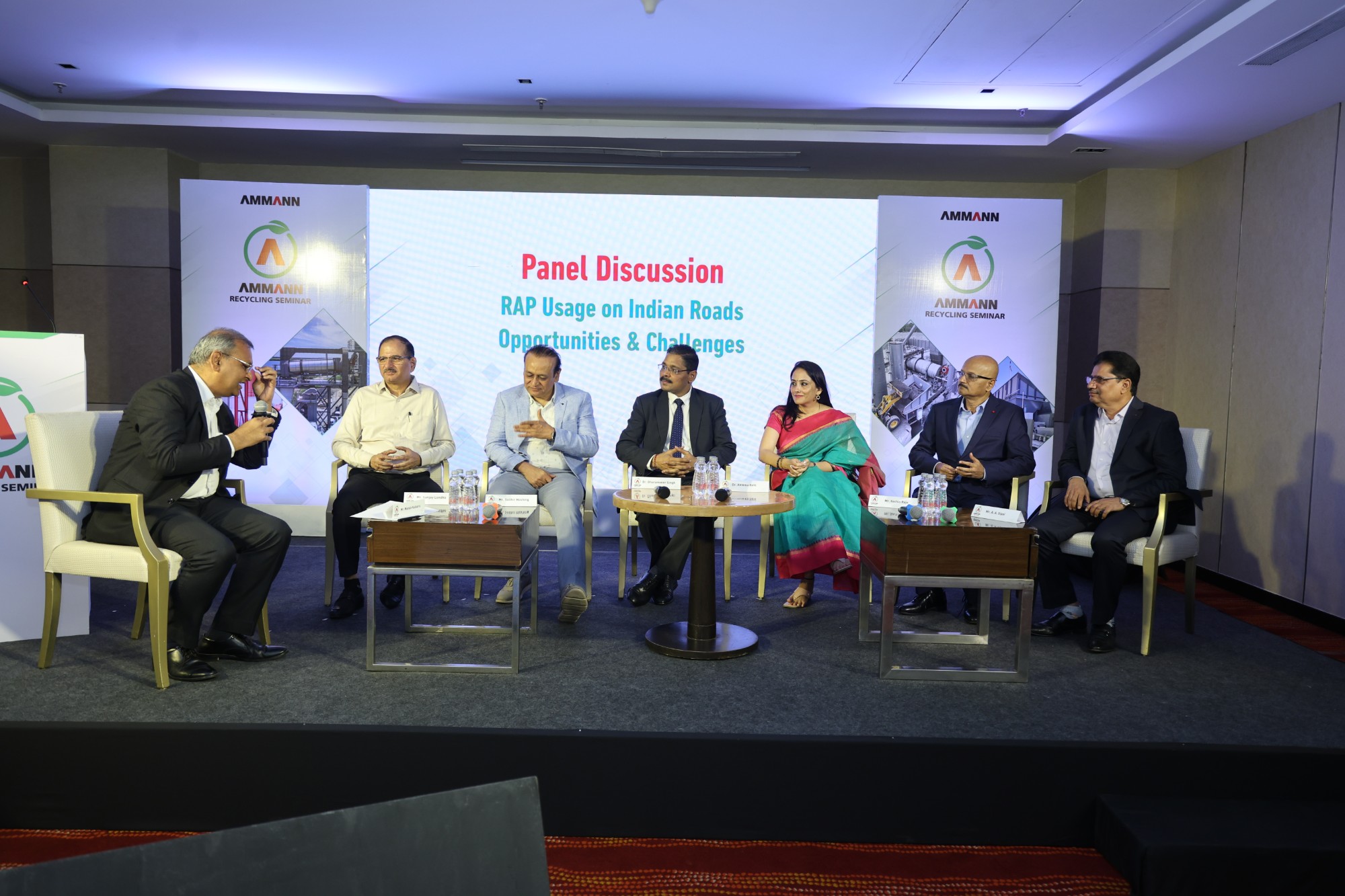
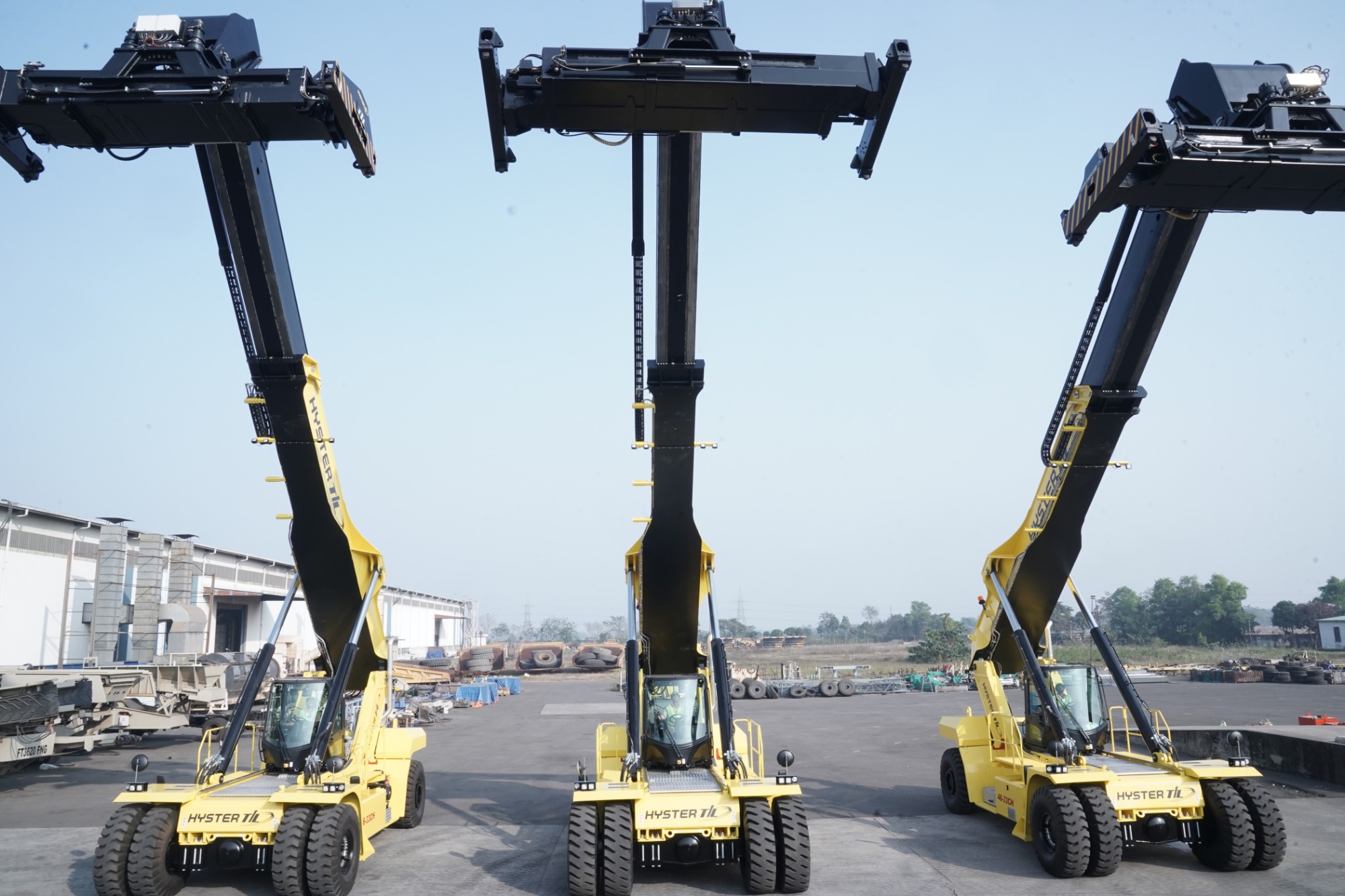
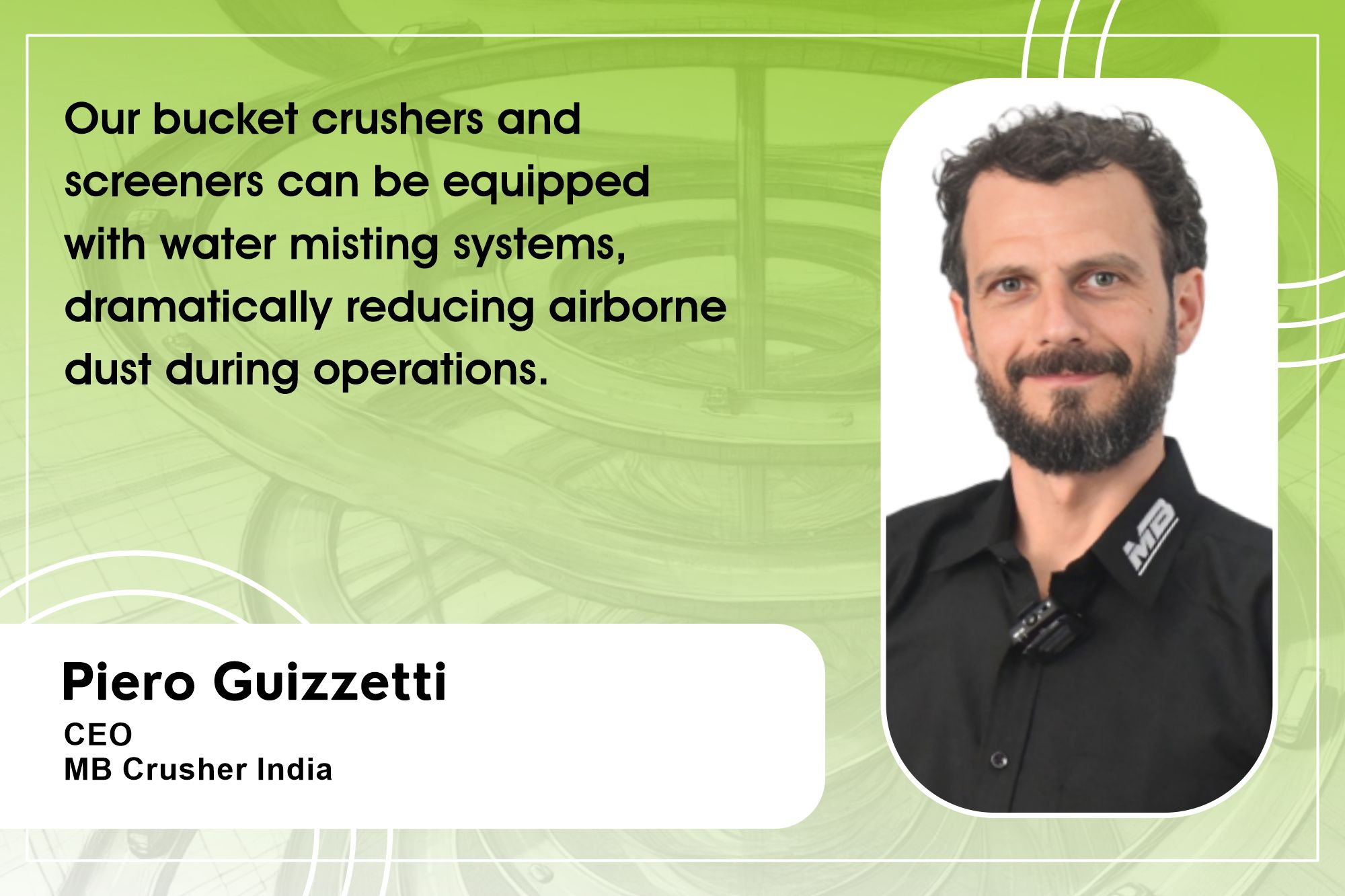
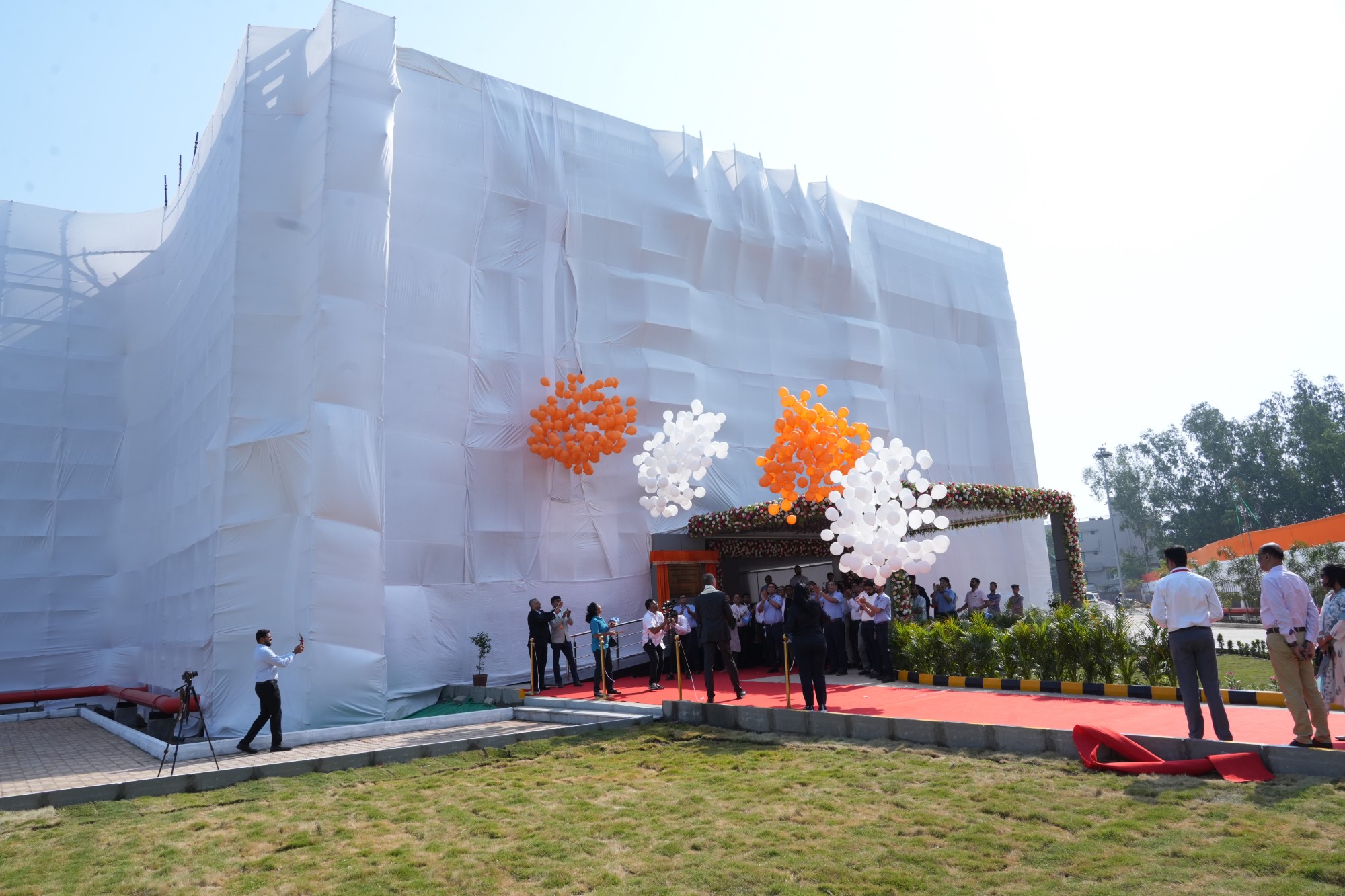
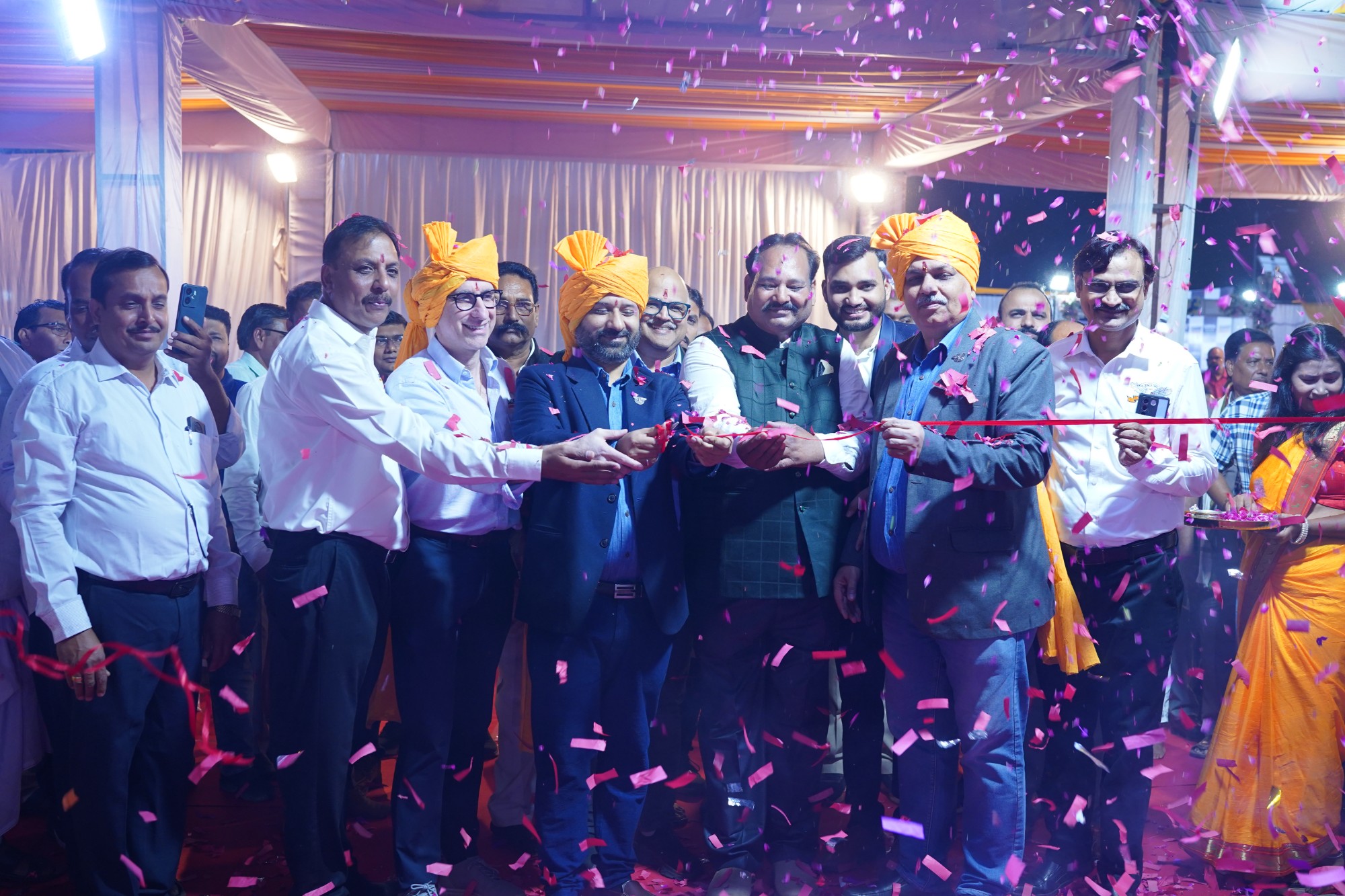
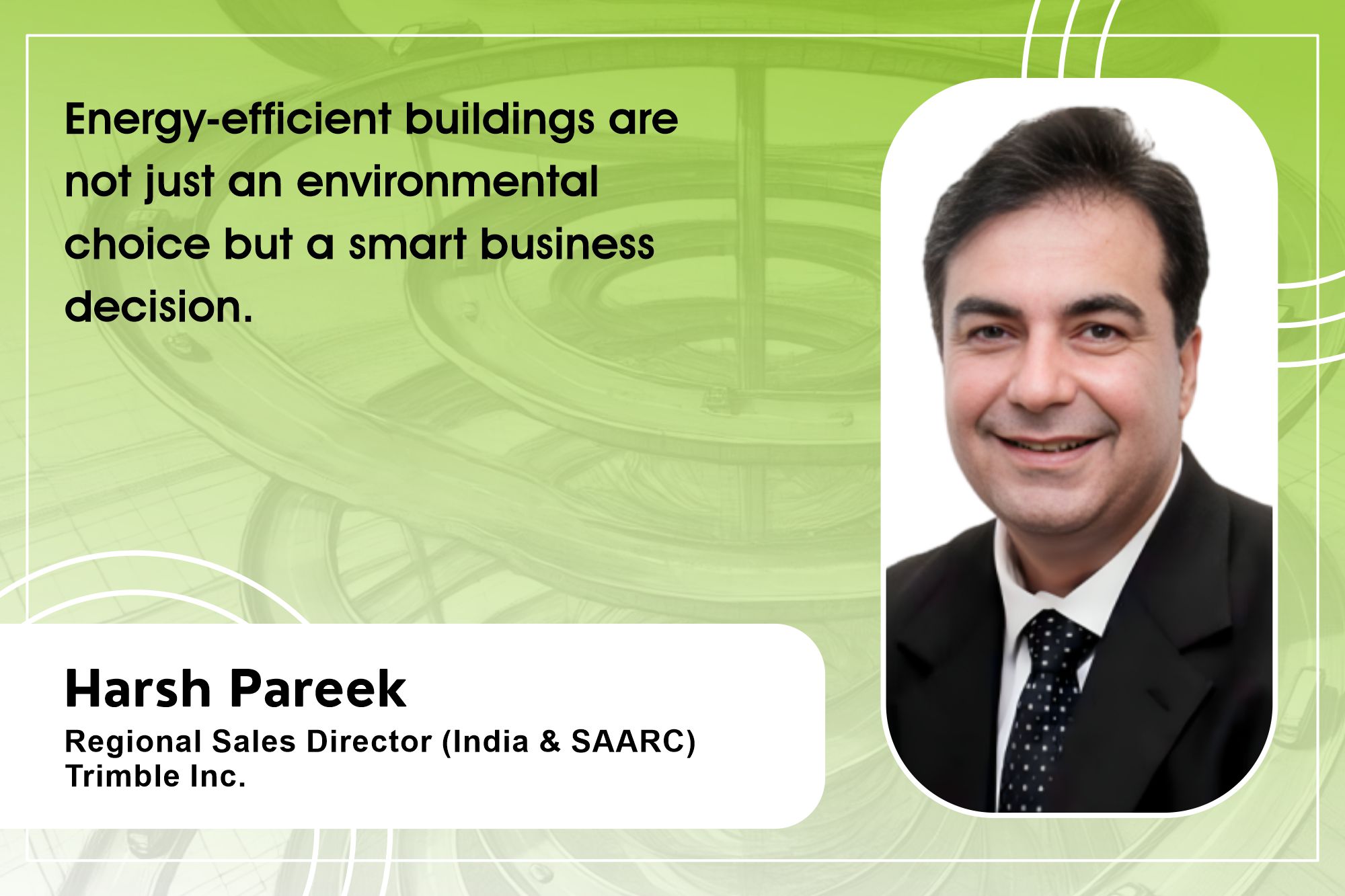



























-20240213125207.png)

























